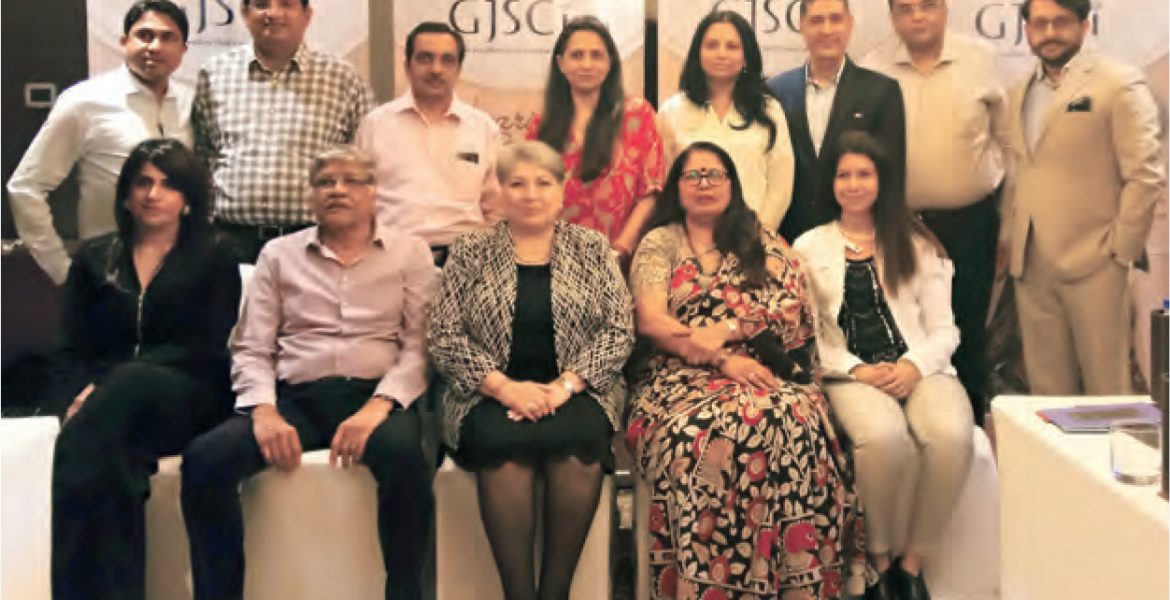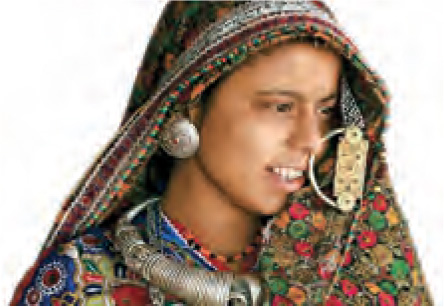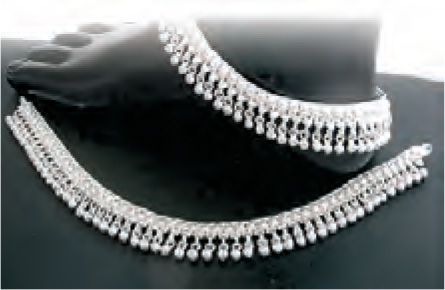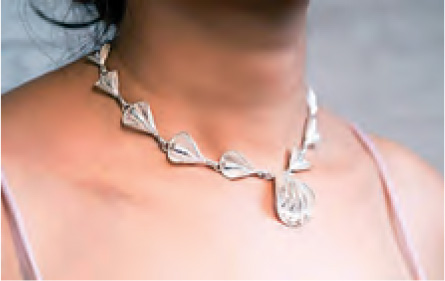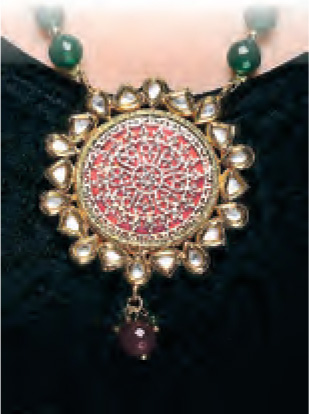The Gem & Jewellery Skill Council of India (GJSCI) held the final judging round of the Anant jewellery design competition at Hotel Sofitel in BKC, Mumbai on March 11th. The competition is in line with the GJSCI’s goal of resurrecting India’s dying jewellery arts.
For the preliminary round, the GJSCI invited students from renowned institutes across the country to submit jewellery design sketches based on any one of the following categories: Hupari payal from Kolhapur, Maharashtra; tarakasi from Cuttack, Odisha; thewa from Pratapgarh, Rajasthan; and gajra from Bhuj, Gujarat.
Out of the 190 entries received in the first round, a panel of judges selected a total of 28 finalists. These shortlisted candidates were then asked to create designs in each of the four art forms for the final round.
GJSCI chairman Sanjay Kothari and GJSCI executive director & CEO Rajeev Garg presided over the final judging round in Mumbai and greeted the panel of judges that included eminent personalities from the industry. The jury comprised jewellery designers Roopa Vohra, Varuna D. Jani and Indra Jadwani; retailers Rajiv Popley of Popley & Sons and Sunil Datwani of Gehna Jewellers; and trade magazine publishers Soma Bhatta of Retail Jeweller and Sumesh Wadhera of The Art of Jewellery.
Also present on the occasion were a host of special invitees such as GJSCI past directors Nirupa Bhatt of GIA India & Middle East, and Jatin Chheda of Chheda Jewels; Anna Martin, senior vice president, global development, GIA; and Mansukh Kothari of Vasupati Jewellers and a member of GJEPC’s gold jewellery and other precious metal jewellery panels.
The criteria for the final round were detail, concept & originality, ease of manufacture, sales potential, and creativity.
Group discussion
Prior to the judging session, Sanjay Kothari and Rajeev Garg engaged the jury in a brief brainstorming session on the possibility of reviving the four crafts – Hupari payal, thewa, tarakasi and gajra – and making them commercially viable. The discussion revolved around topics such as the production capabilities for each craft, capacity utilisation, responsibility of consumer education, cost of promotion, etc.
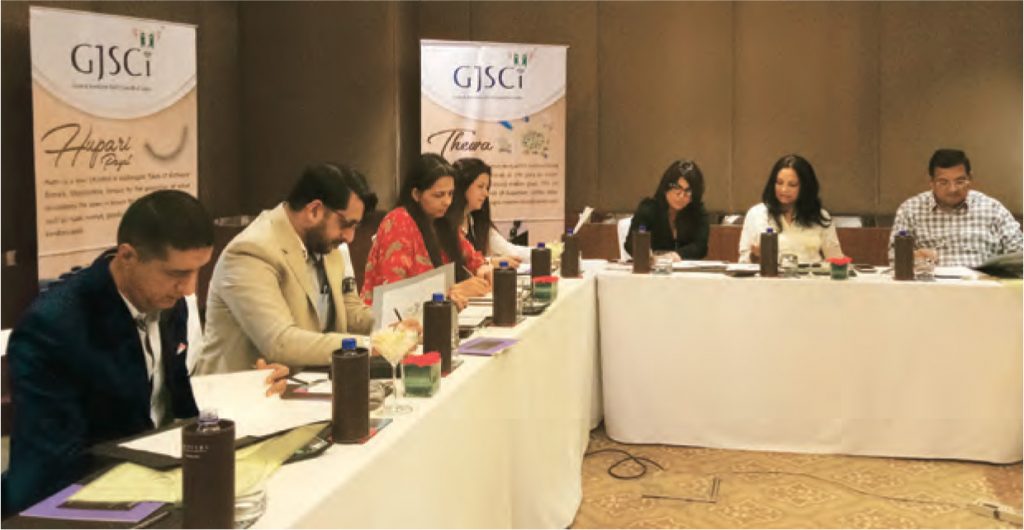
Roopa Vohra, who is credited for the revival of thewa jewellery, noted, “It is essential to create awareness across India that you’re buying an art form. We cannot think of it merely in commercial terms such as resale value, etc., as that defeats the whole purpose.”
In the case of thewa, Vohra pointed out certain constraints that could become a hindrance in scaling up production. She said that although it is well known that there are 29 families producing thewa jewellery in India, in reality there are only around 12 people who are actively involved in the manufacturing process. She noted that despite several attempts to persuade these artisans’ families to engage women in the manufacturing process, thewa remains a male-dominated art form.
The judges were in agreement that the unique stories behind each of these jewellery techniques must be communicated to the end consumer. They noted that industry organisations such as the GJEPC and GJC should take a leading role in creating aspiration for these jewellery art forms via advertisements and promotions, as it was beyond the capacity of individual retailers.
The retailers on the panel suggested that the karigars could be integrated into the supply chain by connecting them with manufacturers, who could then make these jewellery products available to the retail sector through trade exhibitions like the India International Jewellery Show (IIJS).
Sanjay Kothari said that the challenges being faced in reviving these jewellery crafts reminded him of the hand-holding that was required by the Indian diamond industry during its early days. He was optimistic that given the right amount of support, these crafts could come into the mainstream in about 4-5 years.
Kothari added, “The Anant design competition provides dual opportunities for showcasing the students’ design talent and increasing focus on the dying art forms of Indian jewellery. We look forward to bringing designers and retailers on a common platform and exploring the possibility of providing opportunities to these young budding designers.”
The Anant competition winners will be announced at a prize distribution ceremony to be held in the near future. The winners will be awarded cash prizes of R20,000 for first place, R15,000 for second place, R10,000 for third place, and there will be four consolation prizes of R5,000 each. A booklet incorporating the finalists’ designs will be made available to the artisans free of cost by The Art of Jewellery magazine.
GJSCI has renewed focus on these dying art forms by creating specific Qualification Packs (QP) on ‘Payal Maker’ (Hupari) and ‘Tarakasi Jeweller’ (Cuttack). It has got the same aligned with the National Skills Qualifications Framework (NSQF) from the National Skill Development Agency (NSDA) and these job roles are now available for both Short Term Training (STT) and certification under Recognition of Prior Learning (RPL-4).

